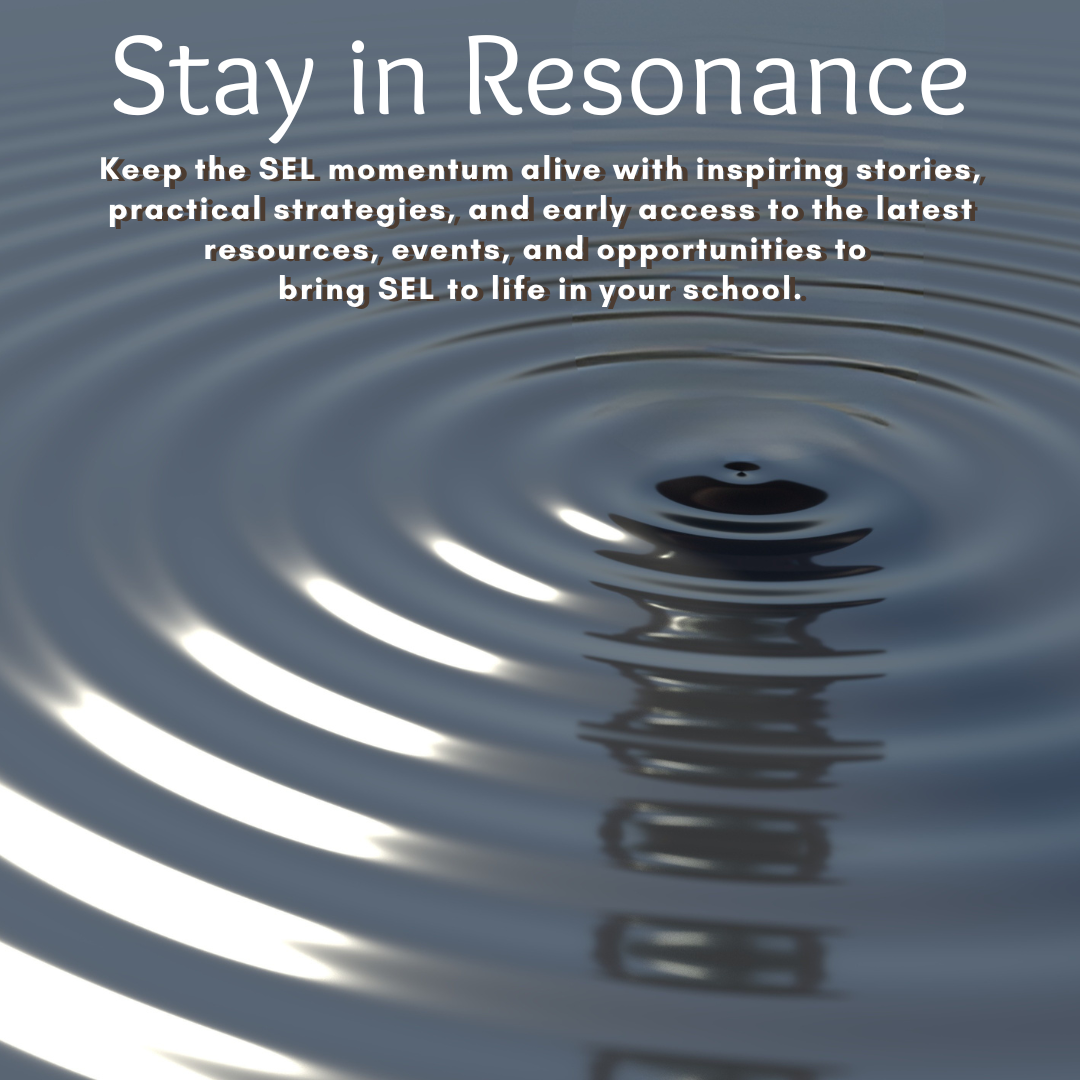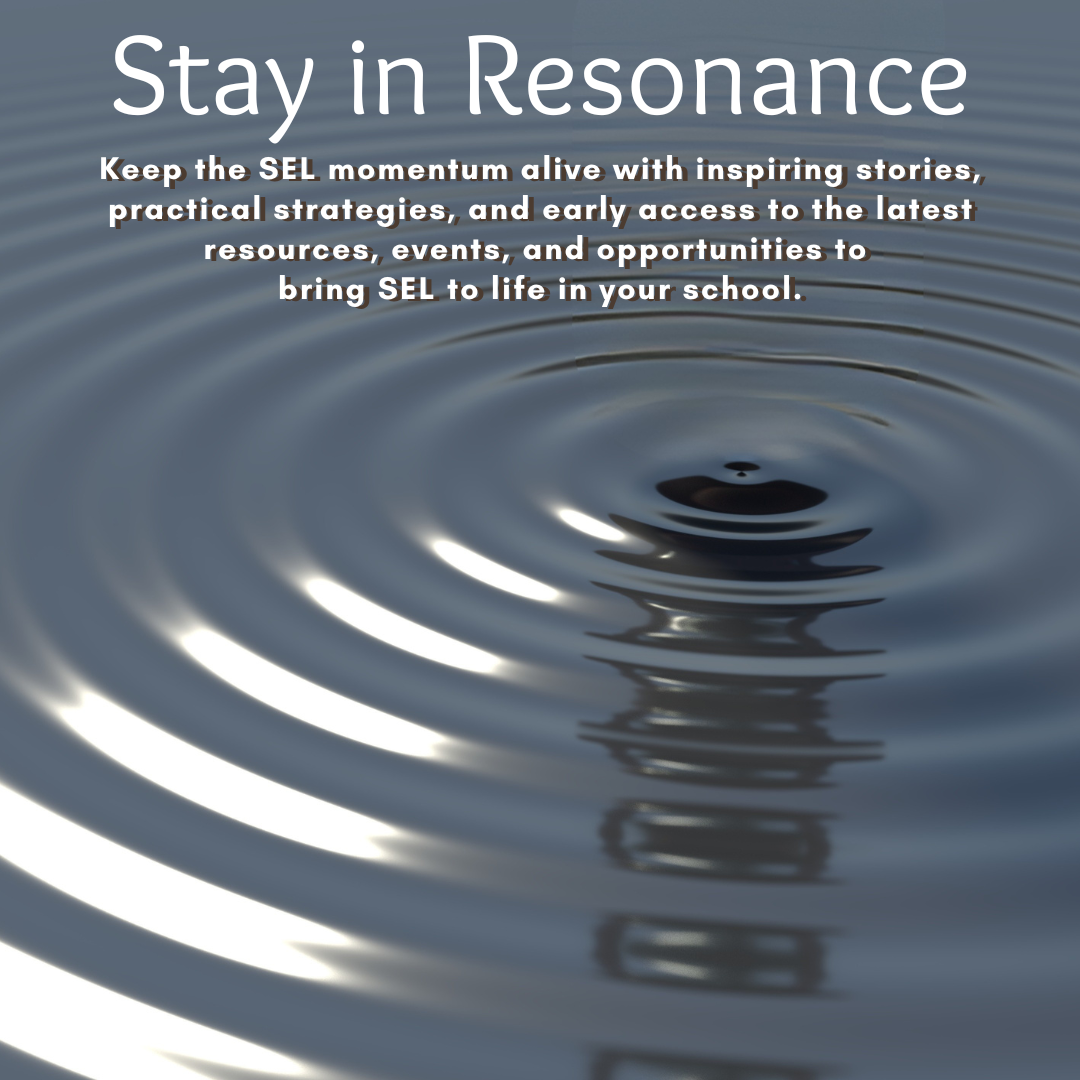050: Blog Series: Four Ways to Infuse SEL - Instructional Practices
Feb 22, 2023
Our third entry point or approach for infusing SEL into everything we say, think, and do are in our instructional practices. For example, every teacher I’ve ever worked with has leveraged group work or group discussion in their classroom. This post offers a few considerations for planning to Infuse SEL Explicitly into Group Discussions. Group Discussions might center on discussing a text or video, or it could be analyzing an image, artwork, or case study, creating a technology app or 3D item, preparing for a debate or Socratic seminar, designing a virtual tour or how-to guide, or solving a complex math or real-world problem.
SEL SKILLS: During this collaboration among students, upon which SEL skill will they explicitly focus? How will we introduce this skill and build consensus around what it looks and sounds like during effective collaboration? Remember that students might become overwhelmed if we identify too many skills simultaneously. Consider starting with just one at a time. The ResEd Common Language Worksheet is a great tool to introduce and build consensus around the key term.

STUDENT GROUPS: How often do we explicitly consider how we are grouping the students, and why are we grouping them that way? How are we setting them up for success in that group? How are their strengths being acknowledged and used during the group process?
COGNITIVELY CHALLENGING QUESTIONS: What types of questions are we asking them to explore in these groups? Are they cognitively challenging at the appropriate level? Do they require students to think critically and creatively, or just repeat what they’ve read or watched?
FORMATS: What format best combines the focus on the SEL skill with academic content? What will most likely ensure all students can engage with the content and practice the skills? Examples may include small group only; small group, followed by whole class processing; cooperative learning; jigsaw; Socratic seminar; or a fishbowl.
PROTOCOLS: What protocol will provide guidelines for reading, discussing, recording, and reporting? How can we ensure that each student has an equitable opportunity to participate and encourage responsibility for learning? Some favorite go-to sites include National School Reform Faculty and Harvard Project Zero. We also have to consider that some students might need sentence starters as scaffolds to assist with effective dialogue. One of my favorite resources is Accountable Talk Sentence Stems by the NYC Department of Education.
FORMATIVE ASSESSMENT: How are we giving students opportunities to debrief their group contributions? How will we know what they have learned and what they can do? How can we provide them space and time to reflect on their social emotional skill and academic growth? This information is critical to planning our next lesson with students. What did they do well? What might they need more time practicing?
This is just one example of how we can infuse Social Emotional Learning Skills into our content areas. It requires deliberate planning on the part of the teacher to structure the environment so students can practice SEL skill growth through developing the acquisition of content knowledge and skills.


